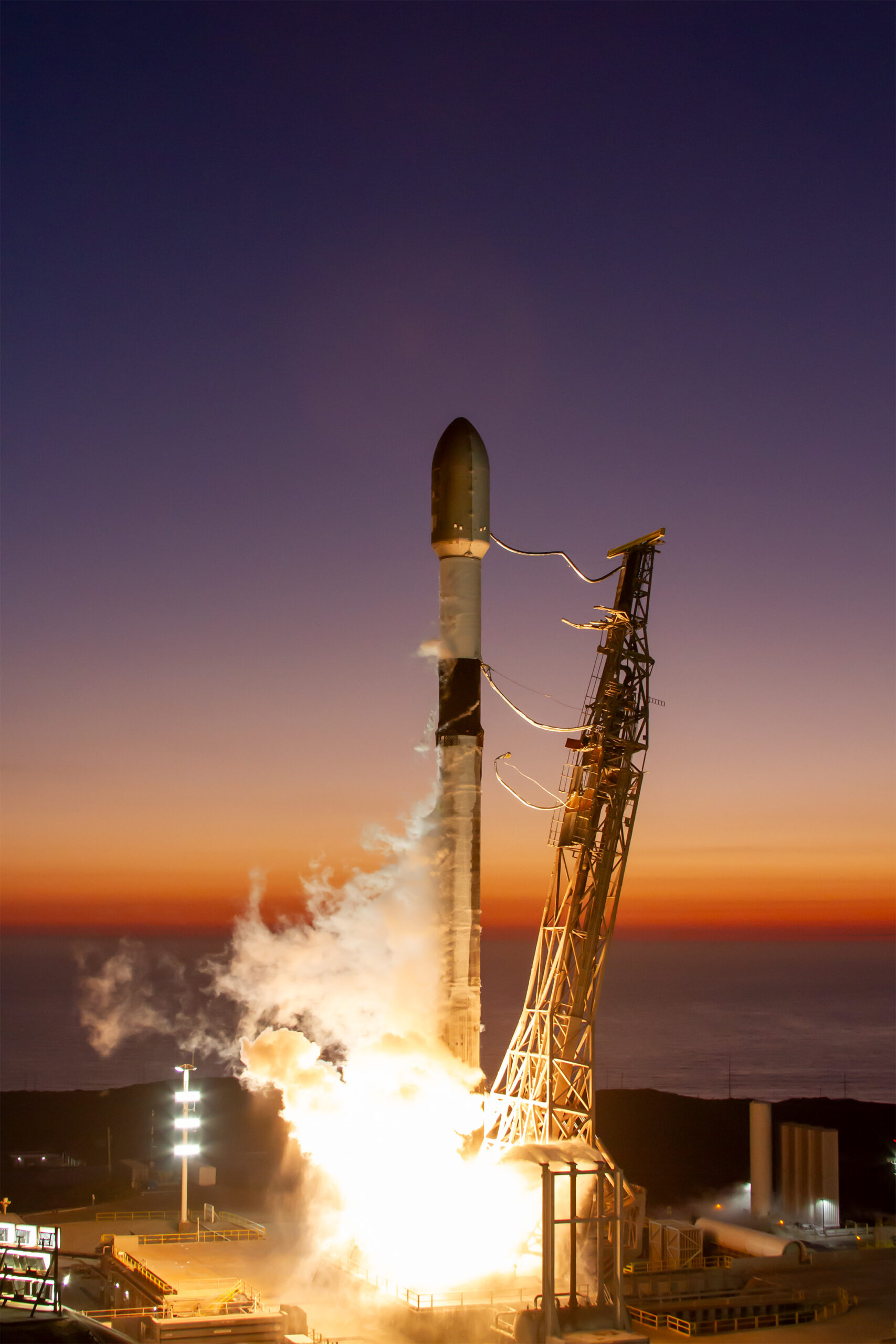The Evolving Landscape of Military Launch Contracts
In the ever-competitive arena of space exploration and military operations, the United States Space Force has made significant strides in securing launch capabilities for its national security missions. As of June 2024, the Space Force has selected three key players—SpaceX, United Launch Alliance (ULA), and Blue Origin—to compete for what is known as Lane 1 launch task orders. This decision marks a pivotal moment in the military’s approach to utilizing commercial space capabilities, emphasizing the need for medium-lift rockets or smaller rockets that can maintain a high launch cadence.
The Importance of Lane 1 Launch Providers
Lane 1 is designed for missions that require a reliable and efficient launch system capable of delivering payloads to low Earth orbit (LEO). The Space Force’s selection of SpaceX, ULA, and Blue Origin reflects a strategic move to leverage the strengths of established commercial entities. These companies are expected to provide the necessary launch services while ensuring that the military’s operational needs are met with precision and reliability.
As the Space Force looks to expand its roster of launch providers, it is anticipated that additional companies will be added to the Lane 1 pool as they mature their rocket technologies. Potential candidates include Rocket Lab, Firefly Aerospace, Relativity Space, and Stoke Space, among others. This diversification of launch providers not only enhances competition but also fosters innovation within the industry.
Blue Origin’s New Glenn Rocket: A Work in Progress
While Blue Origin has secured a spot among the Space Force’s launch providers, its New Glenn rocket has yet to qualify for the Lane 1 task orders. The military’s stringent requirement mandates that a rocket must complete at least one successful orbital launch before being considered eligible for these contracts. As of now, New Glenn’s first test flight is scheduled for later this year, leaving the company in a waiting game as it seeks to demonstrate its capabilities.
This situation underscores the competitive nature of the space launch industry, where timing and successful execution are critical. With SpaceX’s Falcon 9 and ULA’s Vulcan rockets already in the mix, Blue Origin faces an uphill battle to catch up and secure its place in the military launch landscape.
SpaceX’s Dominance in Lane 1 Missions
In a recent round of competitions for Lane 1 missions, SpaceX emerged as the clear victor, winning all nine task orders available this year. This achievement not only solidifies SpaceX’s position as a leader in the commercial launch sector but also highlights the company’s ability to meet the rigorous demands of national security missions. The Falcon 9 rocket, known for its reliability and reusability, has become a cornerstone of the Space Force’s launch strategy.
In contrast, ULA’s Vulcan rocket is currently undergoing certification after two successful test flights, positioning it as a strong contender for future missions. The competitive landscape is evolving, with SpaceX setting a high bar for performance and reliability that other companies must strive to meet.
The Future of Lane 2 Missions
While Lane 1 focuses on more routine military missions, Lane 2 is reserved for more complex and challenging operations. These missions typically involve larger and more expensive payloads destined for higher orbits, requiring a different level of certification and risk assessment. The Space Force is expected to announce its selection of launch providers for Lane 2 missions soon, further shaping the future of military space operations.
SpaceX’s Falcon 9 and Falcon Heavy are currently certified for national security launches, while ULA’s Vulcan is in the process of obtaining its certification. Blue Origin’s New Glenn is also on the path to certification, but it must first demonstrate its capabilities through multiple successful test flights.
The Certification Process: A Critical Component
The certification process for military launch vehicles is a critical aspect of ensuring the safety and reliability of national security missions. For Lane 1, the Space Force is willing to accept a bit more risk, allowing for a more streamlined certification process. However, for Lane 2 missions, the military will require a thorough evaluation of the rockets to ensure they can handle the complexities of higher-stakes launches.
As the Space Force continues to refine its approach to launch contracts, the emphasis on certification and reliability will remain paramount. The evolving landscape of military launch providers reflects not only the growing importance of commercial partnerships but also the need for innovation and adaptability in an increasingly competitive space environment.
In summary, the Space Force’s strategic decisions regarding launch providers and mission classifications are shaping the future of military space operations, paving the way for a new era of collaboration between government and commercial entities.
